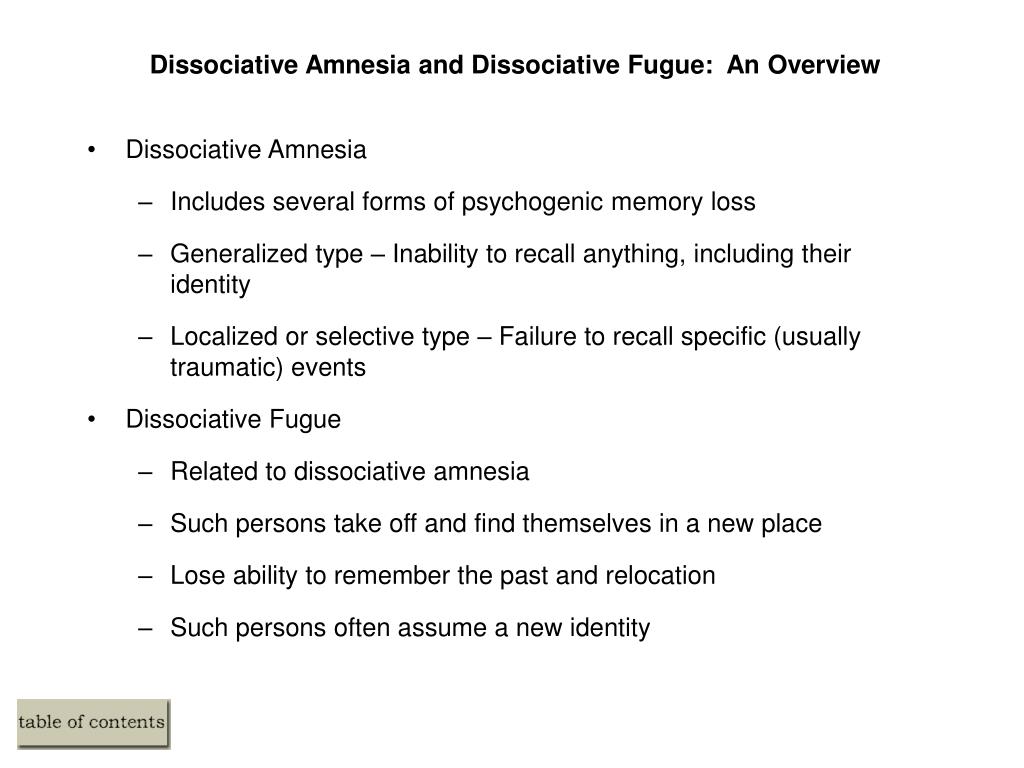

The subtle effects which this complex psychological phenomenon encompasses can be employed to manipulate individual behavior. Priming can be associative, negative, positive, affective, conceptual, perceptual, repetitive, or semantic. Priming: Priming is a non conscious form of human implicit memory concerned with perceptual identification of words and objects.The association of procedural learning with muscle memory can make certain actions second nature (Bullemer, Nissen, & Willingham, 1989).

This enables task performance without the need for conscious control or attention. Procedural memories are automatically retrieved for the execution of procedures involved in both cognitive and motor skills.
EXAMPLE OF SOCIAL AMNESIA HOW TO
How to perform a of particular types of action, such as reading, tying shoes and riding a bike.

Types of of Implicit Memory Types of Implicit Memory

Hence, implicit memory enables our prior experiences to improve our performance of various tasks without our conscious and explicit awareness of such experiences. The impact which implicit memory has on our current behavior occurs without our conscious retrieval of memories. Implicit memory, also known as unconscious memory or automatic memory, refers to perceptional and emotional unconscious memories which influence our behavior (Dew & Cabeza, 2011). What is Implicit Memory? What is Implicit Memory? In addition to Molaison’s case, the study of patients suffering from various forms of neurodegeneration and trauma too, has developed our understanding of implicit and explicit memory (Squire, 2015).įor instance, examining how the damaged hippocampus of patients with Alzheimer’s disease impacts their ability to create and retain explicit memories has generated important discussion. The nature of Molaison’s amnesia provided scientists insight into the workings of different memory systems as well as the brain structures governing their functioning. riding a bike) and acquire new skills (e.g. They can recall skills they have already learned (e.g. However, their procedural memory appears to be largely unaffected. In other words, it appears that their ability to retain declarative information is impaired. Memory for events and knowledge acquired before the onset of amnesia tend to remain intact, but amnesiacs can’t store new episodic or semantic memories. However, he could not recall events from his former days prior to the surgery. Molaison was able to quickly learn skills such as hand to eye coordination. Although following the surgery, Molaison was able to form short-term memories, his long-term memory was impaired. The discovery of implicit memory and the explicit memory stemmed from the treatment of the neuroscience patient, Henry Gustav Molaison (Squire, 2009).Īn attempt to cure his epilepsy via a bilateral medial temporal lobotomy destroyed parts of Molaison’s brain.


 0 kommentar(er)
0 kommentar(er)
